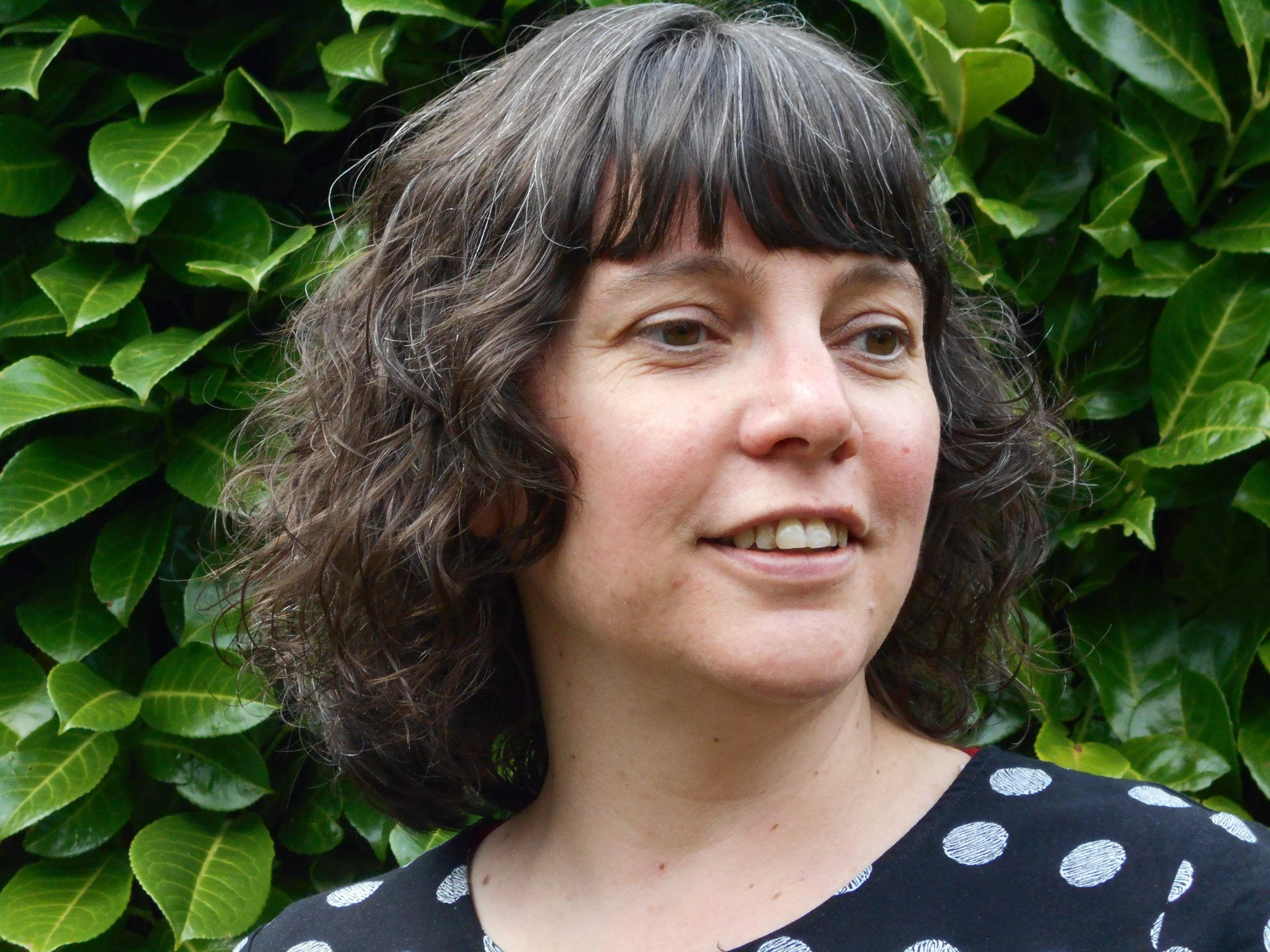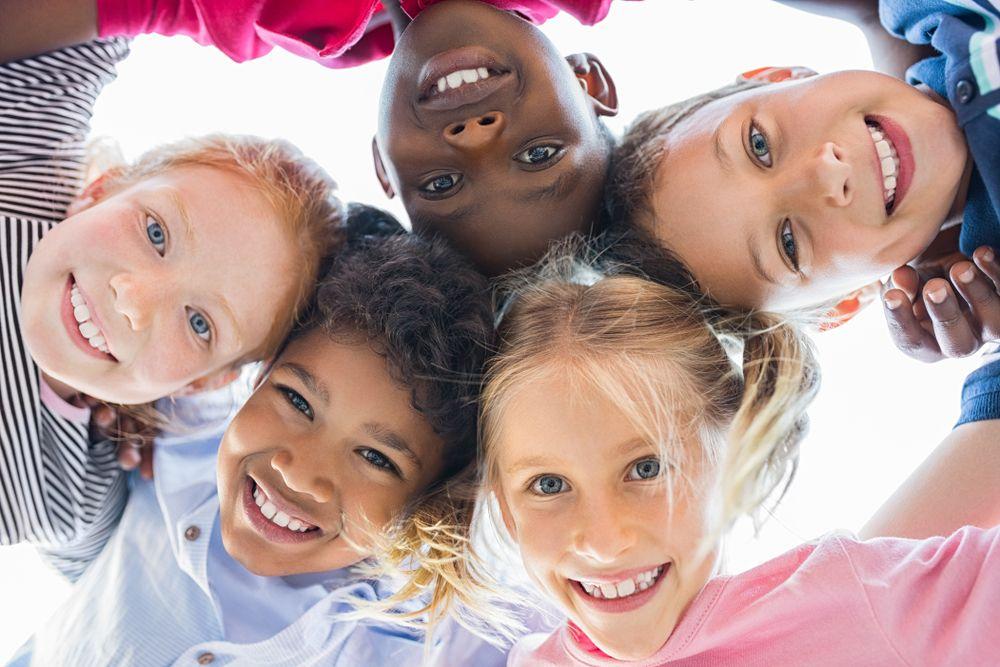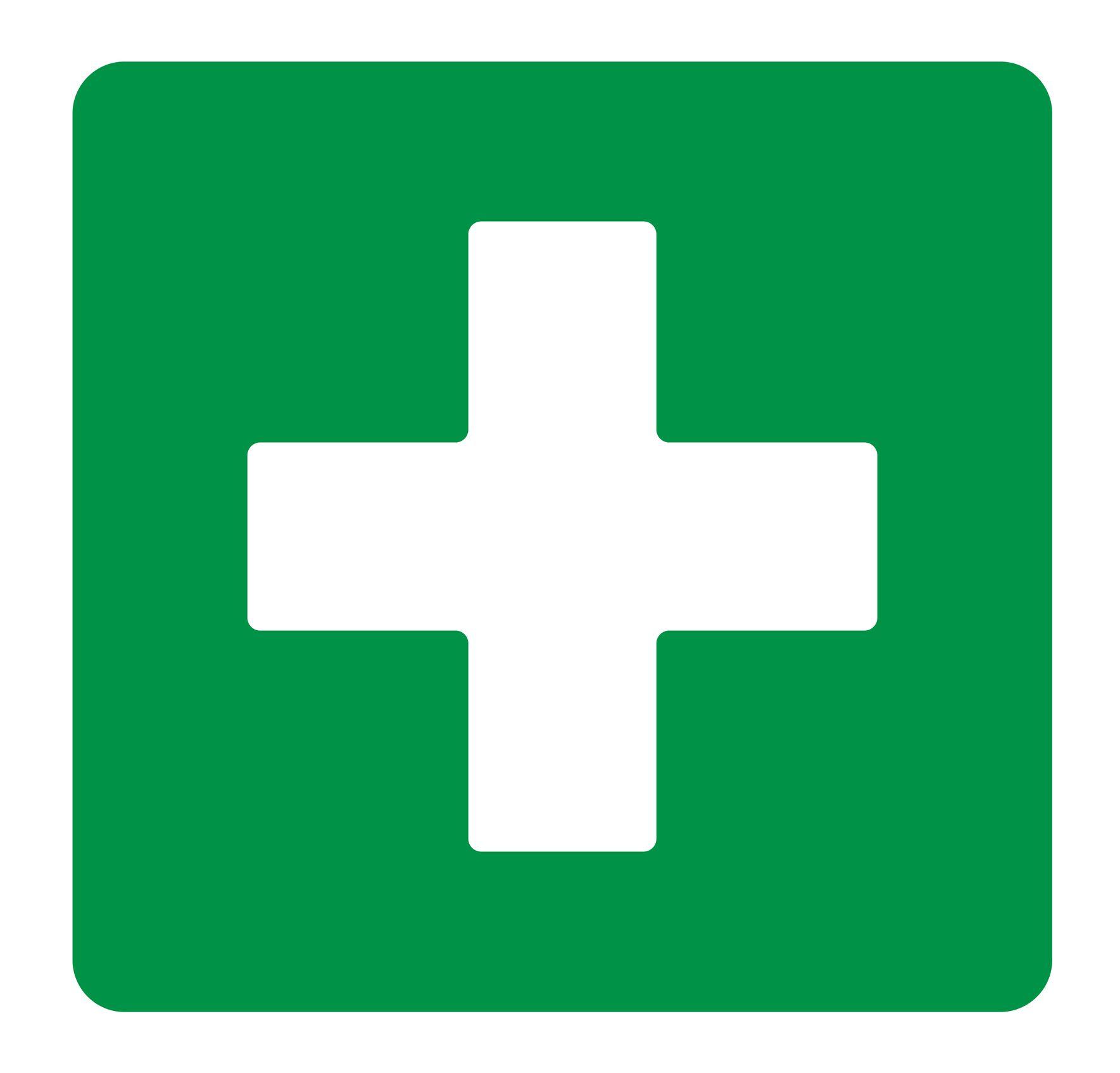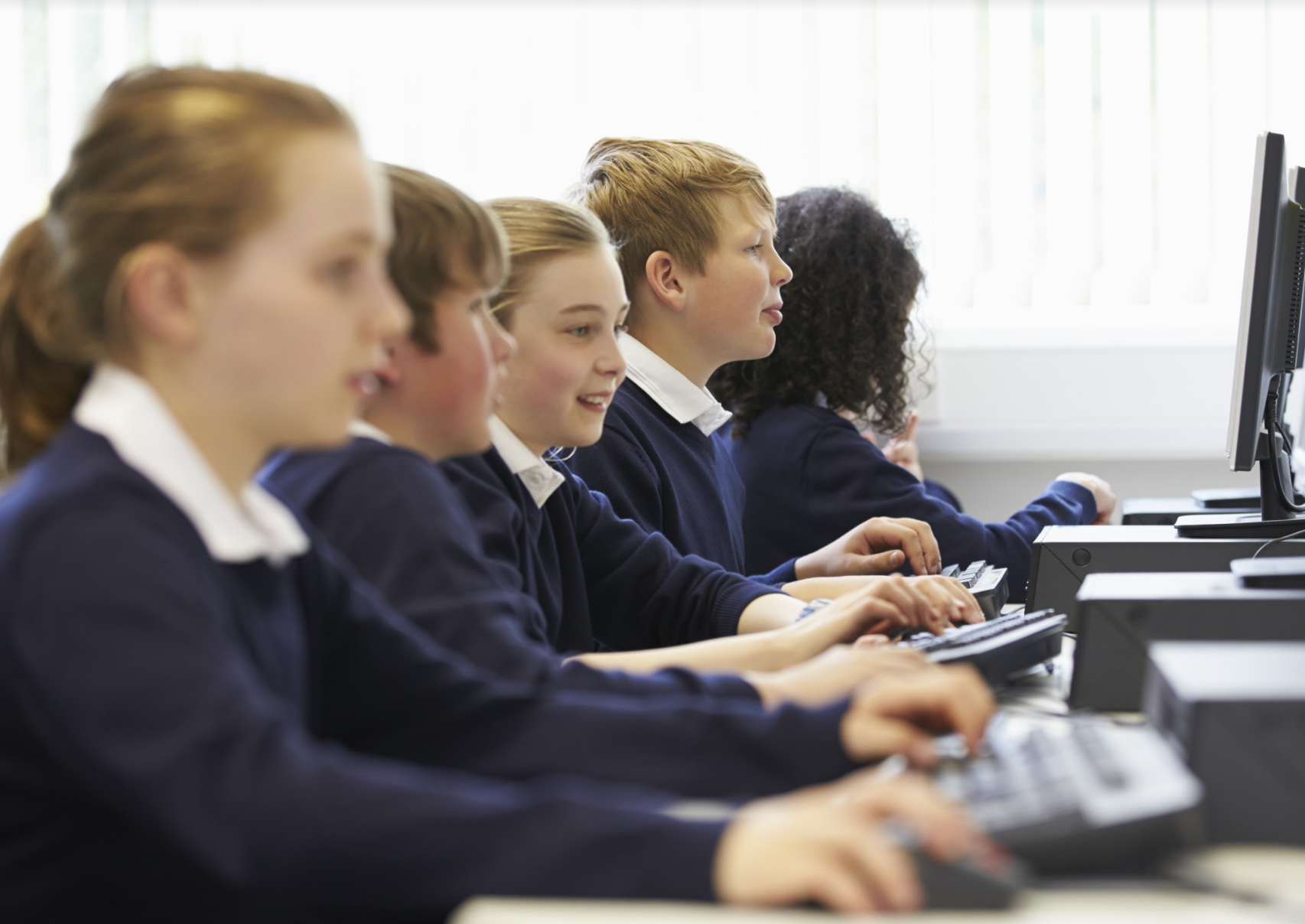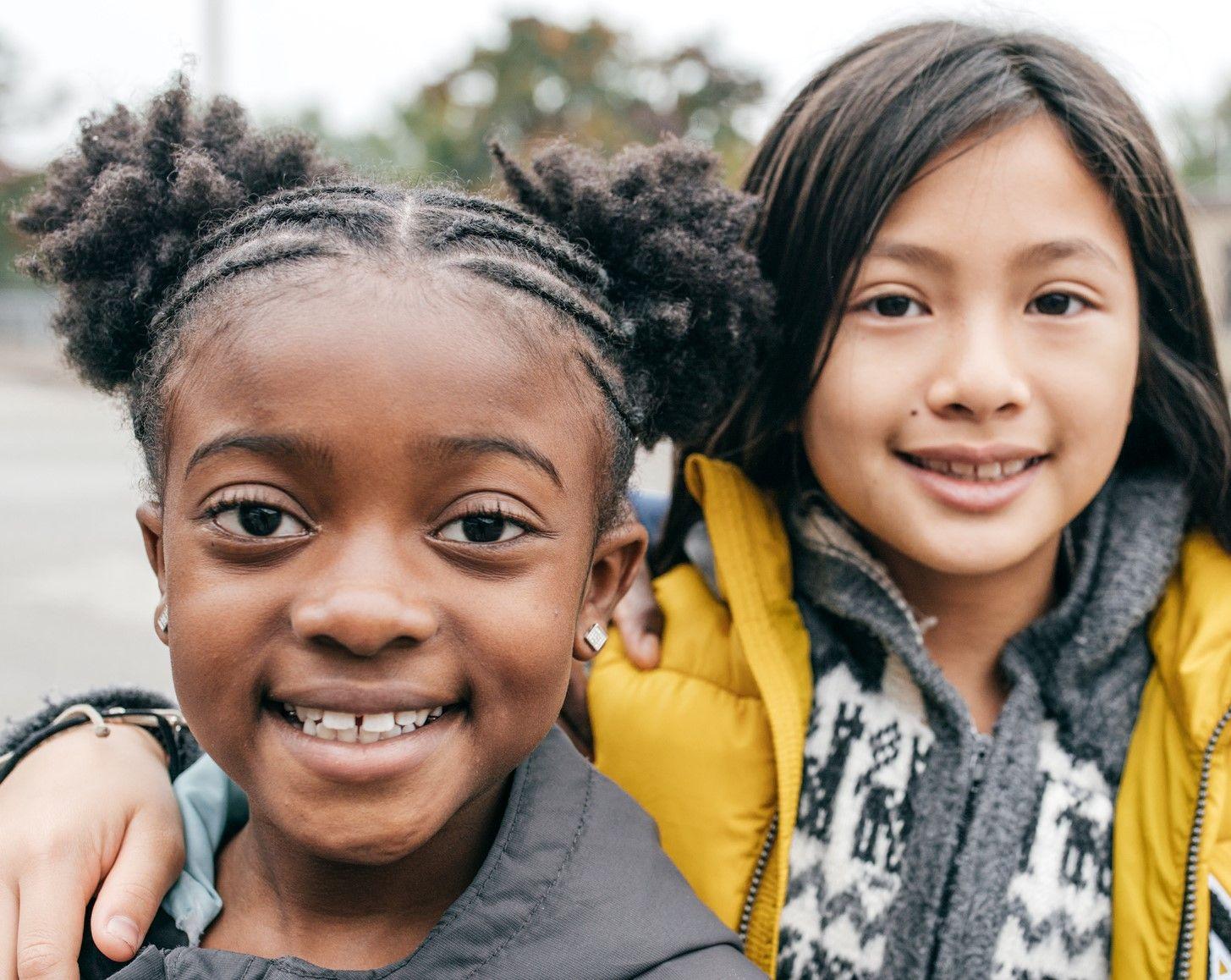Learning objective
- To understand physical changes during puberty.
Success criteria
- I understand how the
This content is for subscribers only. Join for access today.
Statutory guidance
RSE
Changing adolescent body
Pupils
This content is for subscribers only. Join for access today.
Cross-curricular links
Science
Animals, including humans
This content is for subscribers only. Join for access today.
Before the lesson
This content is for subscribers only. Join for access today.
Lesson plan
Recap and recall
Explain to the children that they will be learning about puberty for the next few lessons. Ask the children to recap and recall the rules for RSE & PSHE lessons that they agreed on at the beginning of the year in the Introductory lesson. These rules may have included: Respecting other people’s ideas. There are no…
This content is for subscribers only. Join for access today.
Extended-mode explainer videos
How to extend your display to view the lesson page and preseantion mode simultaneously. Choose your operating system below to watch the video
If you need further support with extending your display,
please contact [email protected].
Extended-mode explainer video: For Mac
Extended-mode explainer video: For Windows
Adaptive teaching
Pupils needing extra support:
Could cut and stick the vocabulary, rather than writing it themselves for the labelling activities, or could be given the initial letter of each word.
Pupils working at greater depth:
Should complete the activities without support and be challenged to explain the functions of some of the body parts.
This content is for subscribers only. Join for access today.
Assessing progress and understanding
Pupils with secure understanding indicated by: accurately naming all the
This content is for subscribers only. Join for access today.
Vocabulary definitions
-
bladder
An organ which holds urine inside of your body until you go to the toilet.
-
breasts
The chest area that develops during puberty. A female's breast tissue can produce milk for a baby.
This content is for subscribers only. Join for access today.

